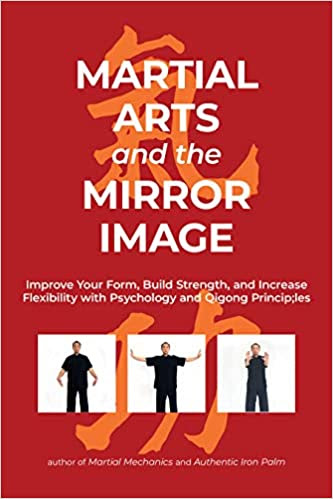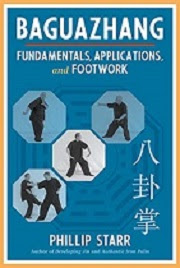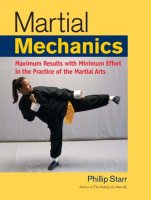by Phillip Starr
So, what does this have to do with martial arts? Well, hold on for a bit... When Kitaro conducts a concert (or records a piece of his genius), he naturally employs some of the finest musicians in the world, including Western players. A while back a documentary was made of Kitaro; his life, and preparation for an upcoming concert. Many musicians had been employed, including a number of Americans. “Everything you do comes from nature”, he explained. And it is this very things that we, as followers of the martial ways, also seek...but getting to that point is anything but “natural.”
One of the Americans explained, “Usually, when I play with a band, there's no limit to what I can do.” But this wasn't to be as long as he was in the employ of the legendary Japanese musician. Kitaro knew precisely what he wanted to create and he was no more interested in the improvised “jamming” of the Western musicians than a karate sensei has in the “insights” that a novice finds in, say, a front snap kick. This really made the American musicians uncomfortable; they weren't permitted to “add their own creativity” to the music at all.
Moreover, when practice ended for the day, Kitaro remained somewhat aloof. Although he was invited to “go out with the boys” and enjoy a few drinks and perhaps admire some of the lovely ladies, the master returned home alone. The Westerners didn't understand this behavior. “When we finish practice, he's just one of us”, one band member complained. “We're all the same...” Not so with Kitaro. The Americans were acting and seeing things through their American eyes and they'd been raised in a culture that is very different from that of Japan. The Americans regarded him as rather “uppity.”
What they failed to understand was that according to the tenets of Confucianism, the student-teacher relationship cannot allow them to regard themselves as equals. And the Way of the master isn't based on a 40-hr. work week with time off and numerous other benefits. The Way of the master is a way of life itself. Contrary to the Western notion of a “master” who teaches class and then goes out with his students for a few beers or to flirt with the ladies, a master is considered to be a true master only when he is a “shihan”; a model for his students. While he may socialize and be a bit informal with them, he is always the teacher and this creates a certain distance between him and his pupils.
Ultimately, the band members came to understand Kitaro and see him in a very different light. One of them remarked, “He speaks of things like wind and mountains...of natural things instead of the electronic things that we're used to.” Kitaro saw directly into the heart of things rather than frittering and fussing with petty gadgets and musical accroutrements.
“I've practiced this musical piece at least 200 times”, one member noted. “always the same, over and over and over. But I finally realized what Kitaro is after...simplicity. And the simpler the music is, the harder it is to do.” Exchange the word “music” for “technique” or “form” and you can see what insights can be gained in the presence of master.
He sees everything from a different perspective than most. He sees into the heart of things. No fanfare, shouting, or cursing while jumping up and down. No need.




.jpg)




.jpg)














No comments:
Post a Comment